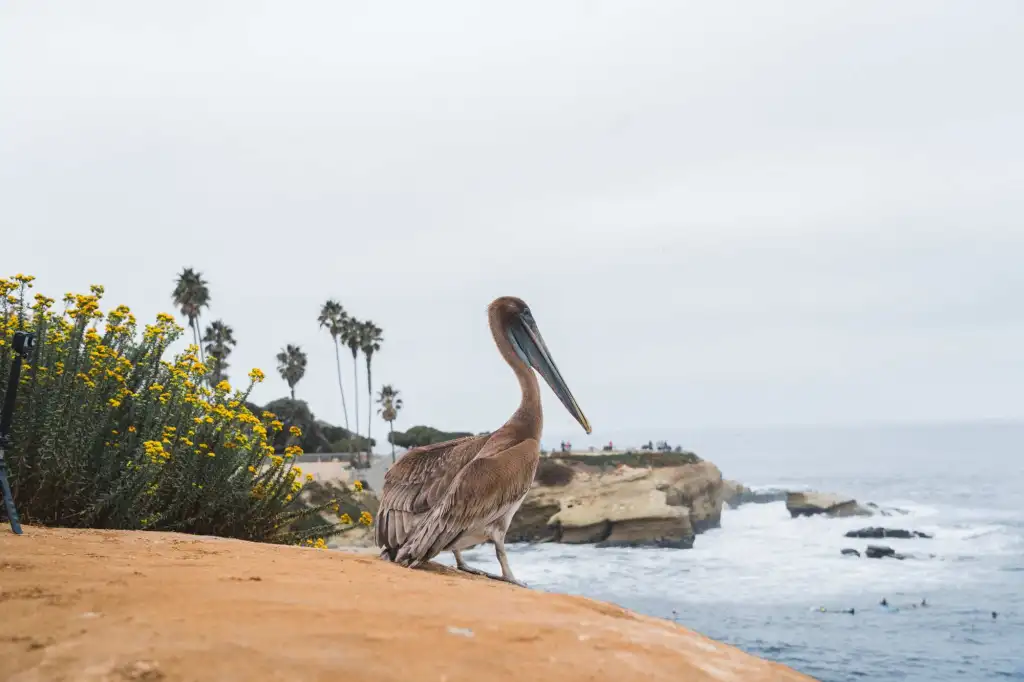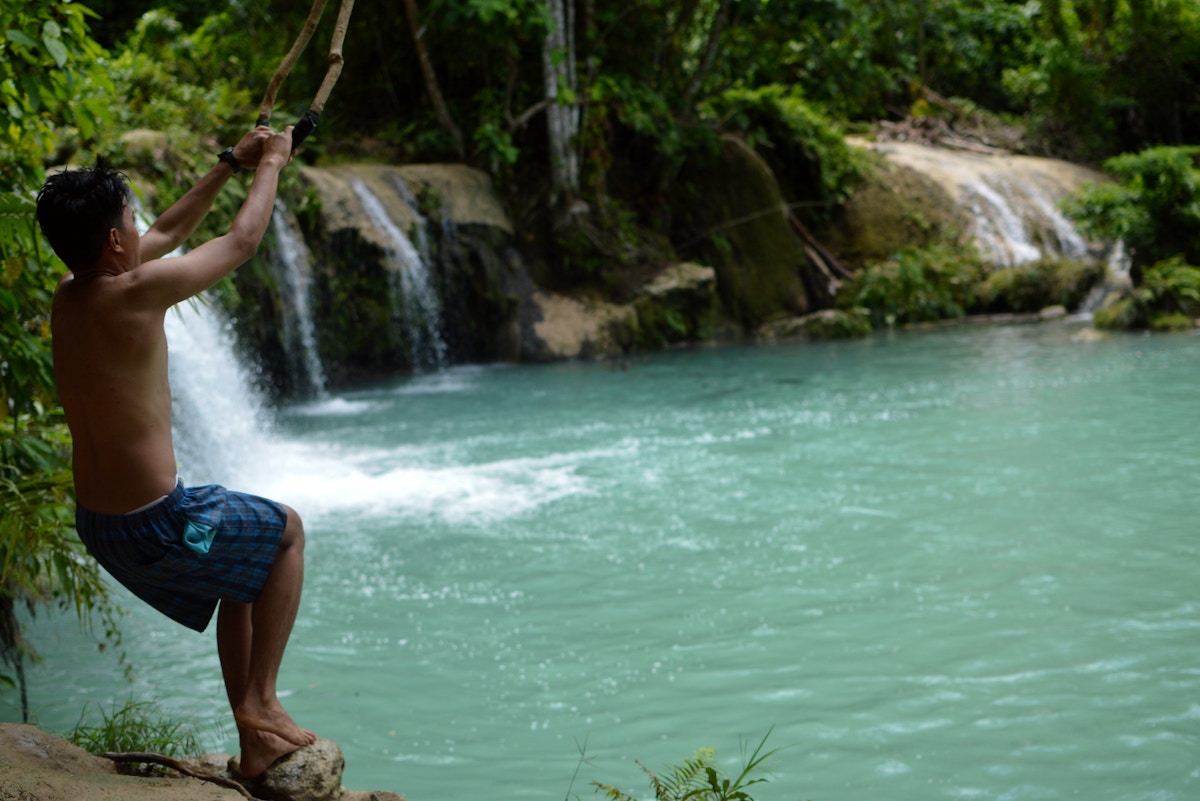
In July, a wayward seabird swept up by monsoonal winds was blown from the coast all the way to the Arizona desert, where it landed and burned its feet on blisteringly hot asphalt.
After months of treatment, the juvenile brown pelican, healed and thriving on a fish diet, was released from a cliff over La Jolla Cove.
The story of how a shorebird rescued from the side of a road in Gilbert, Ariz., made its way back to the ocean involved many players and weeks of care at a wildlife rehabilitation center in Phoenix, as well as at SeaWorld San Diego.
It included five hours of driving, roughly split in half, in early August when personnel from both facilities met in a sweltering McDonald’s parking lot in Yuma to transfer their feathered friend.
By mid-September, the now-healthy bird was ready to return to the wild.
SeaWorld video of the release shows the bird stepping out of its carrier, pausing at the cliff’s edge and stretching its wings. Then it took off and flew over the water.
Jeni Smith, SeaWorld’s rescue curator, said seeing the bird take flight on Sept. 19 gave her a feeling of “gratitude” for the work everyone put into saving its life. SeaWorld has cared for more than 330 rescued birds this year.
When it arrived at the park, the bird’s feathers were coated with an oily substance, and it had “pretty severe” wounds on the undersides of its feet, Smith said. After the oil was washed away, the bird was given access to a saltwater pool.
“I remember the staff telling me that it spent a long time bathing in the water, and that’s a really great thing to see,” Smith said.
Pelicans typically live in coastal marine and estuarine habitats where they can forage for fish. The bird was thought to be a juvenile because of its grey-brown feathers — adults have yellow heads and white necks.
It was given regular Epsom salt foot baths and a course of antibiotics. At one point, veterinarians came up with a creative way to help its feet: fashioning little booties from a “noodle” pool toy and taping them in place.
The bird wore them for weeks. Smith jokingly referred to them as “pelican high heels.”
Brown pelicans aren’t endangered — but they used to be. In the 1970s, their numbers in the U.S. plummeted, largely from use of the pesticide DDT, which caused thin eggshells and other problems. After the substance was banned, the population grew. In 2009, the bird was removed from the endangered species list.
Jan Miller, director of medical services at Phoenix’s Liberty Wildlife, which took in the bird initially, said she’s seen dozens of seabirds swept up by monsoonal storms over the years. She imagines it is very confusing for the birds to take off near the ocean — and end up in Arizona.
“These juveniles, they tend to get up on the winds and they get lost, and they find their way in the desert,” she said. “It’s kind of like ‘The Wizard of Oz,’ you know … all of a sudden they’re like, ‘I’m not in Kansas.’”
She said the birds seem to think dark asphalt is water and get hurt trying to land on the hot streets, she said. Some are too badly injured and don’t survive.
Back when America West Airlines was in business, Miller said, birds that had a good chance of recovering would be flown to SeaWorld. Now they are driven.
Why go to so much effort for just one bird — one that isn’t even endangered?
“Every animal matters,” SeaWorld’s Smith said. “And it doesn’t matter if it is a tiny fish or a large killer whale, we are putting effort into every single species.”
Miller agreed. “If we have a chance to save it, every little one is going to make a difference … We want all these animals to succeed.”



